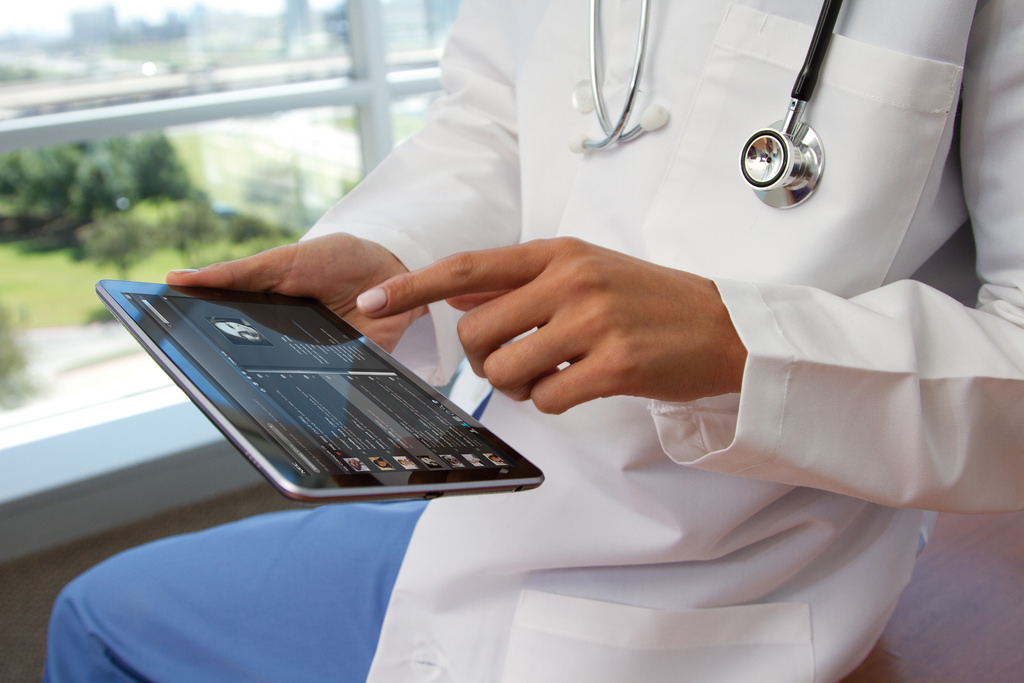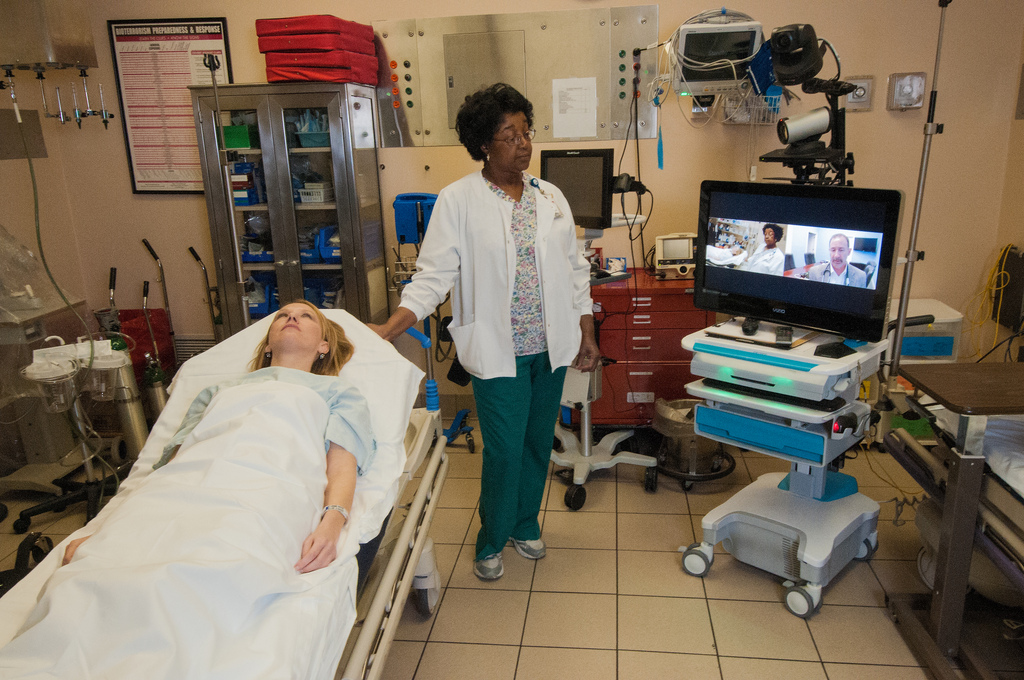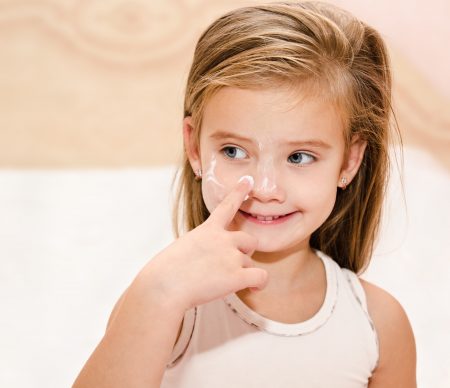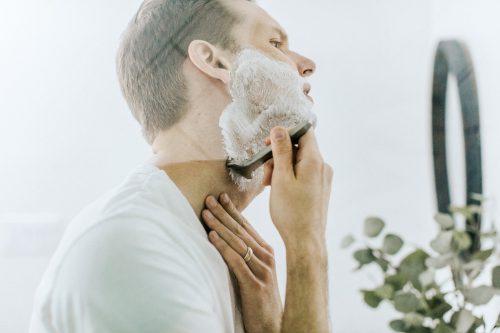What Are Antioxidants and Why Do We Need Them?
Every magazine article and tv commercial speaks about antioxidants and their seemingly miracle-working qualities. What are antioxidants really capable of and why do we need them? We take a little closer look.
Atoms, which make up molecules, are at the center stage of every chemical reaction that takes place within the body. To undertake ordinary chemical reactions, molecules should have a balanced charge. Balance in the molecules means everything is running smoothly, which translates to good health. The trouble begins when some atoms acquire an extra negative charge, transforming them into free radicals.
The free radicals roam the body looking for a balanced atom they can snatch an electron from to balance their charge. This solves the atom’s problems but creates another unbalanced molecule (free radical). As the free radicals increase in the body, many issues start to occur, including unhealthy chemical reactions and uncoordinated body functions. The resulting chemical stress can lead to diseases such as cancer, arthritis, respiratory and heart diseases. As long as there are free radicals in the body, the chain reaction continues, causing more chemical imbalances.
What is an antioxidant?
The damage caused by free radicals is known as oxidative stress. To counteract the oxidative stress, you require antioxidants. These are atoms whose work is to give the radical atoms the electrons they need to balance the charge. When there are enough antioxidants in the body, free radicals do not need to steal atoms from other atoms, breaking the chain.
Antioxidants that give away their electrons become oxidized so the radical molecules can gain balance and stop damaging the cells. Their mission is to find free radicals and prevent the reaction and formation of new radicals.
The key to chemical reactions is that they take place in the atoms, the core or foundation of the cells that make up the body organs. If the chemical reactions are altered in the cells, the entire body will react differently.
Origin of Free Radicals
Inhaling pesticides, household cleaners, smoking, radiation, alcohol consumption and exposure to industrial waste can expose you to free radicals. Processed foods, sugary foods, some medications, and emotional stress may raise the levels of free radicals in the body. This means that you need to take care of your diet, understand the chemical composition of prescribed drugs and steer away from radiation therapy if possible.
To ensure the body’s supply of antioxidants outnumber the free radicals, limit chemical exposure and consume foods high in vitamins and minerals. In fact, we recommend that you fill your plate with all colors of food. This ensures you get all the required nutrients to fight off the free radicals.
How do you get more antioxidant power?
Diet is one of the most important considerations. As you will realize, you cannot prevent the total formation of free radicals or oxidation because these are some of the byproducts of the body processes. Supplements and foods rich in minerals and vitamins are vital in achieving the optimal power to clean the body and stay healthy. Vitamin C is one of the vital nutrients 
To boost the protective power, you should make a conscious decision to eat foods high in antioxidant power. These include whole grains, fruits, and vegetables. It is important to note that how you prepare your meals can preserve or destroy their potency or ability to fight off destructive elements in the body. Deep frying food leads to oxidation and breakdown of nutrients and so does overcooking. Cooking over low heat ensures all the nutrients stay intact.
Stick to a healthy diet and ensure you include foods rich in Vitamin C, A, E, lutein, flavonoids, selenium, and lignan. As noted earlier, vitamin C is the best antioxidant, so make sure you eat foods rich in the vitamin, such as citrus fruits, strawberries, and green leafy vegetables.
If you are worried about oxidation effects on your body, find solace in the fact that most bodily organs have a natural way of protecting themselves from this dangerous process. They can produce chemicals to fight oxidation and protect their cells from free radical damage. Being aware of the effects free radicals can have on your body can help you make better diet and lifestyle choices.
If you have questions about antioxidants in your body, contact our office today!
Lear MoreWhat Are the Benefits of Telemedicine for Dermatology?
Technology has been revolutionizing industries all over the world and dermatology and vein care are no different. This is particularly true where the internet and creating points of access are concerned. In medicine and healthcare fields, telehealth is a growing option. As a dermatology care facility that is always on the cutting edge of technology, we are very interested in the benefits of telemedicine. So, we took a closer look, and here is what we have found.
The Difference Between Telehealth and Telemedicine?
While it is easy to picture video-conference interactions when we hear the term telehealth, it is so much more than that. In a nutshell, telehealth is any kind of medical care that allows medical practitioners to connect with their patients at a distance through the use of telecommunications. It is through telehealth technologies that telemedicine solutions become available. In other words, telemedicine is a specific kind of telehealth option.
What Exactly Is Telemedicine?
The term telemedicine refers to two things:
- A mobile app that allows medical practitioners and their patients to communicate through video chat.
- A software option that allows primary care providers to liaise with specialists at a distance by sending photos of certain conditions for a rapid, remote diagnosis.
Through these telemedicine solutions, patients are able to benefit from remote diagnosis and other kinds of care as they connect with their healthcare providers and dermatologists from a distance.
In What Ways Does Telemedicine Benefit the Field of Dermatology?
Telemedicine solutions can offer lots of benefits to dermatologists and their patients. Telemedicine solutions provide dermatologists and patients with options to stay connected even when they are miles apart. For example, there is no need for a patient to be in the room for a doctor to diagnosis them or follow up with a treatment. As such, we are able to provide faster, more rapid care solutions in a convenient and easily accessible way. This includes catching things like skin cancer more quickly.
7 Benefits of Telemedicine Remote Diagnosis Solutions for Dermatology
1. Rapid Service Delivery
Telemedicine offers the ability to send files – like reports or photos of skin spots – and have responses in the space of minutes. This can connect patients with both their primary care practitioner and specialists like dermatologists quickly and simultaneously. Consequently, patients can receive the best treatment possible from a collaboration between two or more doctors.
2. Privacy and Convenience
Through being able to have their dermatology consultation and diagnosis performed remotely, patients have the convenience of seeing their dermatologists from the privacy of their own home. Although all in-office dermatology appointments are private and confidential, patients may feel more comfortable divulging their ailments in their own homes.
3. Accessible Care
Telemedicine also allows a specialist to monitor a patient remotely if need be. For example, patients living in rural communities or who face other accessibility problems (like elderly patients with mobility issues), will now have more accessible care. Patients in these circumstances no longer have to worry about feeling “cut off” when they can be connected through telemedicine.
4. Rapid Emergency Care
There are times when you or a loved one may have a dermatological emergency that you will want to have assessed right away. In cases like these, telemedicine provides great options for both you and dermatologist. Being able to check in with your dermatologist and/or your primary care physician right away can be comforting. Even if you have already made your way to your primary care physician, he or she can easily check in with your dermatologist concerning the situation to provide you with a rapid solution.
5. Better Treatment Follow-Up and Patient Care
With telemedicine, dermatologists are able to check in with their patients more regularly. As a result, this improves the overall care experience for patients and their dermatologists. As all patients respond to treatments differently, this type of care helps providers monitor your treatment course and make any adjustments if needed.
6. Increased Engagement
Now that patients can connect with dermatologists more conveniently through telemedicine, many do so more frequently. Knowing they can readily reach their dermatologists may prevent them from hesitating to seek treatment. This can result catching some conditions before they progress.
7. Reduced Care Costs
Telemedicine solutions help reduce care costs for both patients and their dermatologists. The cost of accommodating patients in care facilities can be significantly reduced if we can treat them remotely. The costs of traveling to care facilities for treatment can be significantly reduced for patients as well.
Contact Us Today!
If you would like more information on telemedicine and dermatological care, contact our office. Our team will be happy to assist you with any questions you may have.
SaveSave
Lear MoreSkin-Care Tips for Children
The skin is the largest organ of the body, so it’s essential to teach your child some important tips to maintain a healthy complexion. Establishing a solid skin-care routine will help prevent certain issues in the future. Kids are constantly exposed to high levels of dirt and germs, so it’s crucial that they learn how to properly care for their skin. Starting early will ensure that they will continue caring for their skin into adulthood. Here are a few things to keep in mind.
Find the Right Products
There are numerous soaps, creams, lotions, and other skin-care products on store shelves. When caring for your child, it is important to avoid items that contain chemicals like sulfates and parabens. Finding a brand that targets sensitive skin is best. Reading labels will help you to choose a line of products that will work well for your child.
Face Washing
Bar soaps can be incredibly drying, so it is wise to uncover a face wash that is gentle but removes excess dirt and oils. Kids do not want to use products that are sticky or heavy. A mild soap will prevent redness and dryness.
Besides the soap, it is important to understand the right water temperature to use. Although many people believe that hot water is best for pores, it is actually better to use lukewarm water. Hot water often disrupts skin’s natural oils.
Preventing Dry Skin
It is essential to moisturize your child’s skin, especially since dryness is a common issue with youngsters. Vaseline is an excellent product that does not cause irritation but will prevent dry skin conditions.
Many parents do not realize that it is not necessary to bathe young children every day. Taking a shower or bath three times a week is enough to keep your child clean without harming his or her skin. Also, it is best to avoid hot water. Teach your child to rub gently with a soft washcloth or sponge instead of scrubbing too hard as well.
In the summer months, chlorine or salt water may cause the skin to dry, especially if he or she spends a lot of time swimming in the pool or at the beach. Applying a gentle moisturizer and washing off the salt or chlorine is the key to maintaining healthy skin.
Drink Water
Many children do not like drinking water. However, it is an essential part of their diets. As parents, you must make sure that your kids drink enough water to remain hydrated, especially during the warm months of summer. This is usually the time when children are running wild and sweating. Besides serious health conditions, dehydration can cause the skin to become very dry.
Two easy ways to get children to drink more water is limit their choices (offer them milk or water instead of adding other drinks) and add fruit for a little more flavor! Click here to read more tips on this from Cincinnati Children’s Hospital.
 Pay Attention to the Seasons
Pay Attention to the Seasons
In the winter, children enjoy playing outdoors in the snow. However, it is crucial to keep their skin protected. Always cover their hands and faces so that the wind does not cause burning. Even if it seems to be overcast, sunscreen is essential as well. The sun’s rays reflect off of the snowy conditions and can still cause a sunburn. Since a home’s heat is commonly running full-time during the winter months, the air can be extremely dry. It is wise to run a humidifier indoors so that moisture is restored to the atmosphere. This will guard skin as well.
Things are a bit more complicated during the spring and summer months. These are the seasons when the sun is the strongest. It is vital to use sunscreen on your children at all times. When choosing a product, it is important to look for an SPF of 30 or more. Also, it should protect against UVA and UVB rays. If your child will be swimming, a water-resistant product is recommended.
For maximum sun protection, it is best to apply sunscreen approximately 30 minutes before your child will head outside. Make sure to cover all areas of his or her body, including the hands, neck, ears, and shoulders. Dermatologists advise using an ounce of product to cover the body and reapplying every two hours. Protecting from burns will help to avoid signs of aging in the future and will guard against the development of skin cancer.
The Teen Scene
During the teen years, acne becomes common. Learning how to keep skin clean and choosing the right products will keep breakouts to a minimum.
Normal skin should be washed with a mild soap each day. Dry skin should be cleansed and moisturized to maintain a healthy balance. Oily skin should be cleaned with soap and water. Certain products are available to help dissolve oil as well.
When pimples form, it is crucial to never pop them. Bacteria may spread, or scarring may result. If acne is severe, products that contain benzoyl peroxide may help.
When you want to take the best care of your child’s skin, consult with the experts at our office. We will take time to explain more tips that will help you ensure the healthiest skin for your family. We tend to patients of all ages. If your child is suffering from a skin condition or simply wants to learn a proper skin-care routine, contact us to schedule a consultation today.
Lear MoreSkin Care Tips for Men
Healthy skin and skin care routines are not just for women, men need to take care of their skin as well. Your skin is the barrier protecting your body from the outside elements, so protecting it is very important for your overall health. Here are some skin care tips for men.
What is a Holistic Approach to My Skin Care and Health?
A holistic approach to health involves treating your body as a machine. This means that each part needs to be tended to in order to keep the other parts functioning properly. Here are some ways you can take care of your body holistically:
- Be Attentive to Your Whole Body
- Eat Well
- Exercise Regularly
- Rest Well
- Keep Stress Levels Low
When many people think of skin care and dermatology, they only think of the skin on the face. However, skin care is about total body care. While it is true that some areas of the skin may be more sensitive or easily noticeable than others, it is a single organ that needs to be tended to. Therefore, use products that protect all of your skin—this includes full-body moisturization and finding a soap or body wash that does not dry out your skin.
There are some people who can eat poorly without seeing negative effects on their skin. However, for most of us, what we eat and how we live will directly affect our skin. As such, the first step to healthy skin is usually the same as taking the first step toward good general health—eat well and drink plenty of water.
Opt for natural, organic, and non-processed food items during mealtimes. A great place to start is increasing your fruit and vegetable intake. If you eat meat, stick to a leaner variety. Avoid sugars, sodas, and overly-salty foods.
Be sure to get regular, vigorous exercise as well. Exercise helps you exfoliate the skin, release toxins, manage your weight, and metabolize the food you eat. We recommend exercising each day at varying levels of intensity for at least half an hour.
Be sure to get the rest you need. Deep, relaxing sleep helps the body recuperate and replenish itself. This includes the skin. Without sufficient rest, the skin is likely to look aged, wrinkled, or swollen. The opposite is also true. Periods of physical and mental rest can do wonders for your total health and skin.
We may not be able to control all that we face, but we can manage how we respond to it. Developing a system of coping mechanisms—from meditation to nature walks—is a good place to start. This will prevent stress lines and promote overall well-being.
Should I Develop a Skin-Care Routine?
Yes! What you do to your skin topically is just as important to how well you eat and otherwise take care of yourself. The products you use and the actions you take can directly affect the look and feel of your skin. While it is often the last thing men think about, a skin-care routine including cleansing, moisturizing, and utilizing anti-aging options is the place to start.
Why is Moisturizing Important?
Many people undervalue and underutilize moisturizing, particularly men. Some consider it to be too feminine, while others are simply unaware of the value of a good moisturizer for one’s skin, and especially for men. Now that you have been informed, your next step is to seek out a moisturizer that works for you.
Admittedly, because men and women are different, it is important that men choose from among the moisturizers that are engineered for their skin.
What is a Good Shaving Routine to Protect My Skin?
Shaving is an important part of grooming for men. It is important to do it properly to avoid razor burn and other skin irritations. Therefore, when shaving your face, use this checklist:
- Wet your facial hair thoroughly.
- Use a high-quality shaving cream—these usually moisturize the skin and are less irritating to sensitive skin.
- Use high-quality shaving tools including a beard brush and a quality razor with clean and frequently-changed blades.
- Cleanse properly after shaving and use an aftershave lotion.
Should I Do Anything Differently for My Skin in the Winter?
All the aforementioned tips are great for every season of the year and should be practiced daily. However, these tips are particularly important for those times of the year when the weather is harshest.
In other words, it is even more important to use an effective moisturizer during the drying winter months. Contrary to popular belief, it is also important to wear sunscreen during these colder months. Cold weather does not mean the sun can no longer cause burns or other skin damage. Also, increasing water intake during these months can help. Adequate hydration maintains fresh, youthful-looking skin and serves as great support for the other topical options you are using.
Contact Us for More Skin Care Options
Here at Universal Dermatology and Vein Care, we offer skin care services, treatments, and product options that both men and women can benefit from. Available options are tailored to suit a wide range of skin conditions and skin-care goals and routines. The best place to start is by scheduling a consultation with one of our qualified dermatologists. Contact us today!
Lear MorePatch Testing for Contact Dermatitis

Allergic Contact Dermatitis
Allergic contact dermatitis is an immune response to an allergen. It can be itchy and can also make the skin dry, flaky, or scaly. However, the symptoms associated with this allergic reaction depend on your skin’s sensitivity. This substance may bring about other symptoms including oozing blisters, redness, leathery appearance, burning sensation, hives, sun sensitivity, and swelling.
Patch Testing and Why It’s Necessary
If you already know what you’re allergic to, that’s great! It will be much easier for you to avoid these chemicals and ingredients. However, if you came in contact with an allergen by accident, it is best to consult with a dermatologist to get the skin treatment you need. For those who suddenly develop patches of dermatitis due to unknown causes, patch testing is necessary.
Metals, leather, rubber, and cosmetics, for example, contain a number of chemicals that can cause allergic reactions. Through patch testing, you and your doctor will be able to identify the allergen. This will help your dermatologist determine which treatment is right for your skin and will be able to help you avoid the allergen in the future.
How Does Patch Testing Work?
An experienced dermatologist will perform the patch test. During the test, small amounts of certain substances are applied to your skin and secured with hypoallergenic tape. These are usually placed on the upper back to ensure they are not disturbed. You will need to come back after 48 hours to get the patches removed. At this time, your dermatologist will do a thorough examination of your skin’s reaction to the substances. Two additional days later, the specialist will examine the spots again to see if there is any delayed reaction.
Dermatologists have a standard set of substances they test on individuals with suspected Allergic Contact Dermatitis. This includes Balsam of Peru, benzocaine, lanolin or wool alcohols, rosin, rubber accelerators, quaternium-15, formaldehyde resin, formaldehyde, p-tert butylphenol, plants, paraben mix, paraphenylenediamine, nickel, neomycin, fragrances, imidazolidinyl urea, ethylenediamine, cobalt, epoxy resin, clioquinol, and chrome. This list includes additives in leather, ointments, clothes, and other items we come in contact with on a regular basis.
Please note that if your dermatologist suspects other allergens, more patches will be added for testing. This can include substances that you come in contact with in your workplace or substances contained in your specific makeup or creams. Bringing in samples of the products you use would also be useful to your doctor, especially if you suspect one of these products is causing the allergic reaction.
Test Results
Once the test results are in, your dermatologist will be able to give you details on what caused your recent allergic reaction. Your dermatologist will give you advice on how to avoid the substance you are allergic to. If the results reveal that you do not suffer from allergic contact dermatitis, you will be able to rule it out and your doctor can proceed with other tests to determine what is causing the skin irritation.
Irritant Contact Dermatitis
If an irritant caused the contact dermatitis, the symptoms are slightly different. This can include skin blistering and cracking because of extreme dryness, stiff or tight skin, swelling, ulcerations, and open sores. This form of contact dermatitis is caused by skin injuries due to environmental factors, chemicals, or friction. The severity of the condition can vary depending on the strength of the irritant, frequency or length of exposure, and skin susceptibility.
Solvents you have come in contact with including detergents, metalworking fluids, adhesives, acid, alkalis, friction, and water can also cause it. Sometimes, two or more of these irritants act together in irritating the skin.
Anyone can experience irritant contact dermatitis if they come into contact with an irritant. However, those who suffer from atopy (a predisposition to allergic reactions) are more susceptible to the condition.
Testing for Irritant Contact Dermatitis
Because this condition can coexist with allergic contact dermatitis, your dermatologist may decide to perform the test to rule this out. The rash typically heals on its own as long as you avoid exposure to the irritant, but special treatment is available if needed. Be sure to contact your dermatologist to get the right treatment for the condition.
If it’s necessary that you handle the irritant again, make sure to cover up and protect your skin. However, try to avoid them altogether if possible.
Patch testing is important to prevent and treat redness, irritation, and itching caused by contact with an allergen or irritant. If you think you may be experiencing contact dermatitis or would like to prevent it, contact us today.
Lear MoreWinter Care for your Skin
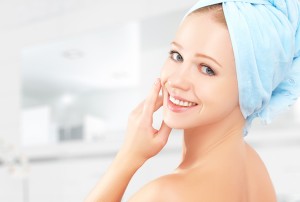
Winter Peels
Having a chemical peel done on the face at the start of the season is a great way to slough off dead cells that have built up. Reveal a fresh layer, and treat your skin to a soothing treatment. By removing the dead, dry skin that has built up over the past few months, you can start off the new year with a healthy glow.
Proper Hydration
There are many benefits to having properly hydrated skin. Not only will it look healthier, but it will also feel much better when it is moisturized. Dry skin can be rough, and even painful. Cold air and winds can chap the hands and face quickly, so it is essential to remember to moisturize and hydrate daily.
Keep your face looking and feeling it’s very best throughout the winter. Schedule a chemical peel procedure, and remember to hydrate your skin daily. You can feel fresh and beautiful in every season with the right treatments. Contact us today to schedule an appointment!
Lear More

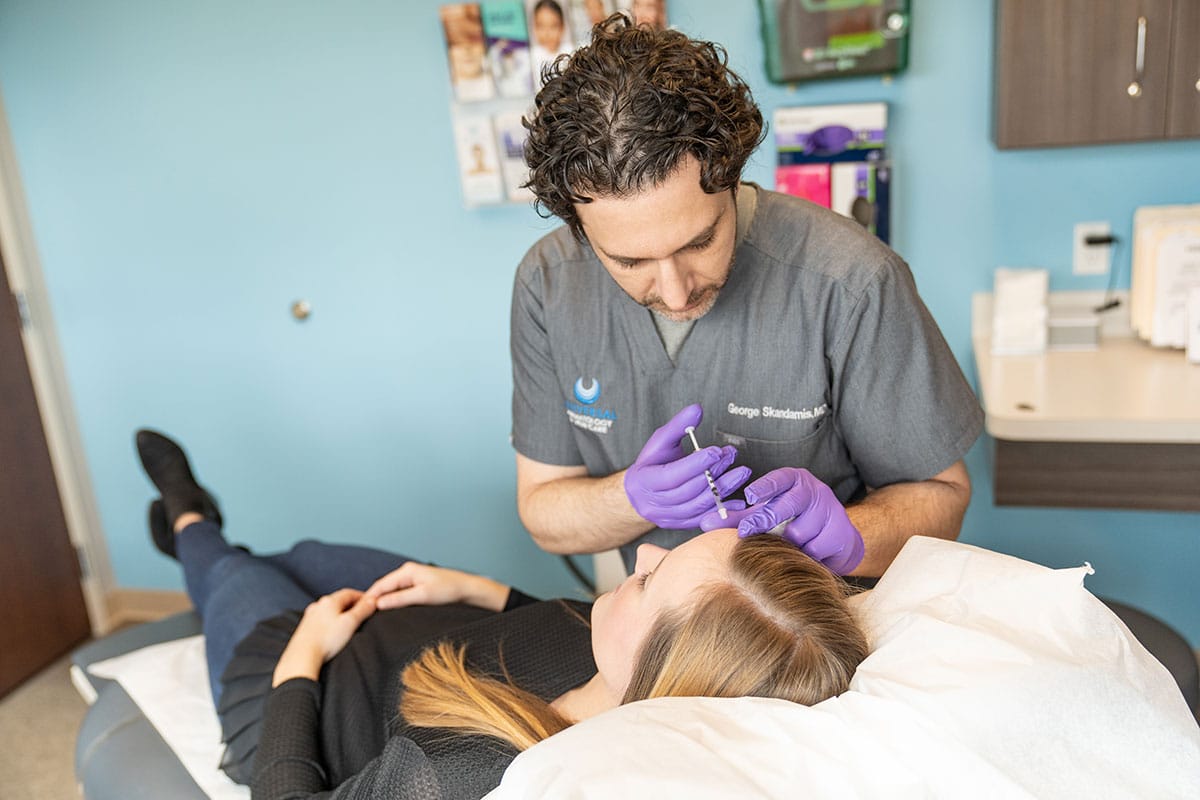 Our Dermatologists
Our Dermatologists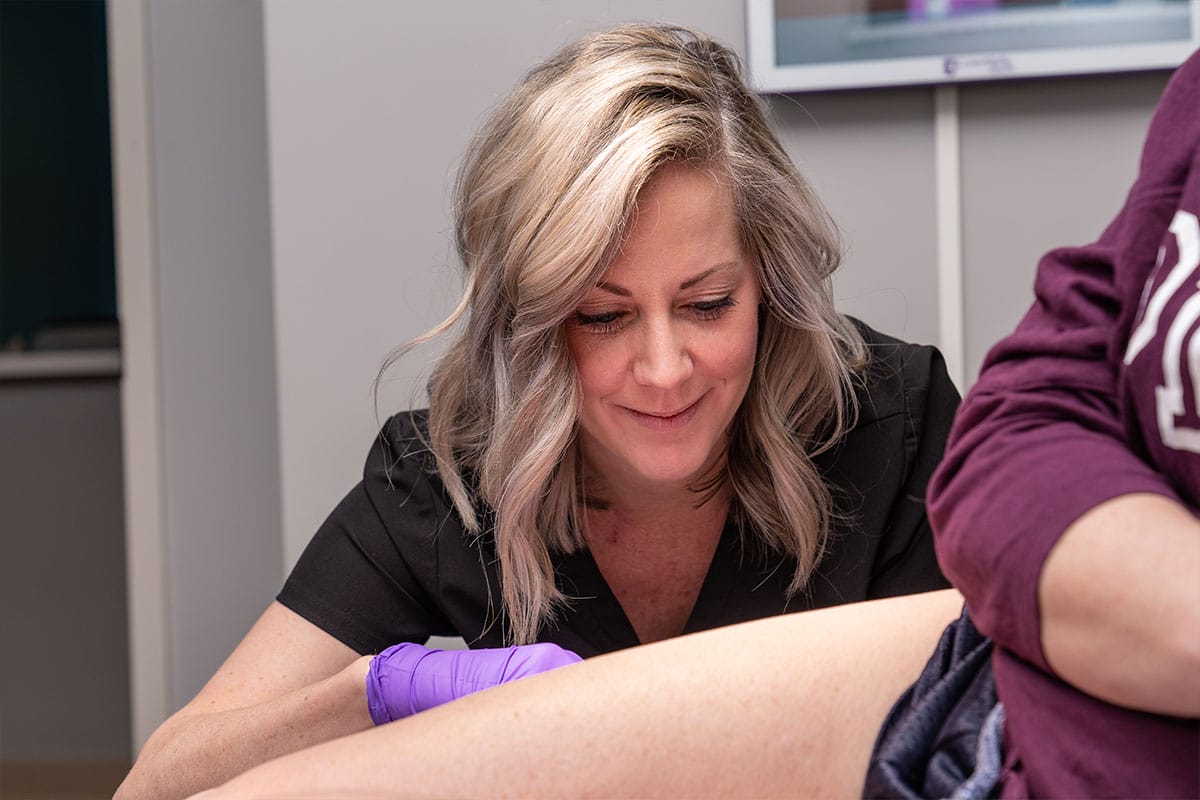 Our Providers
Our Providers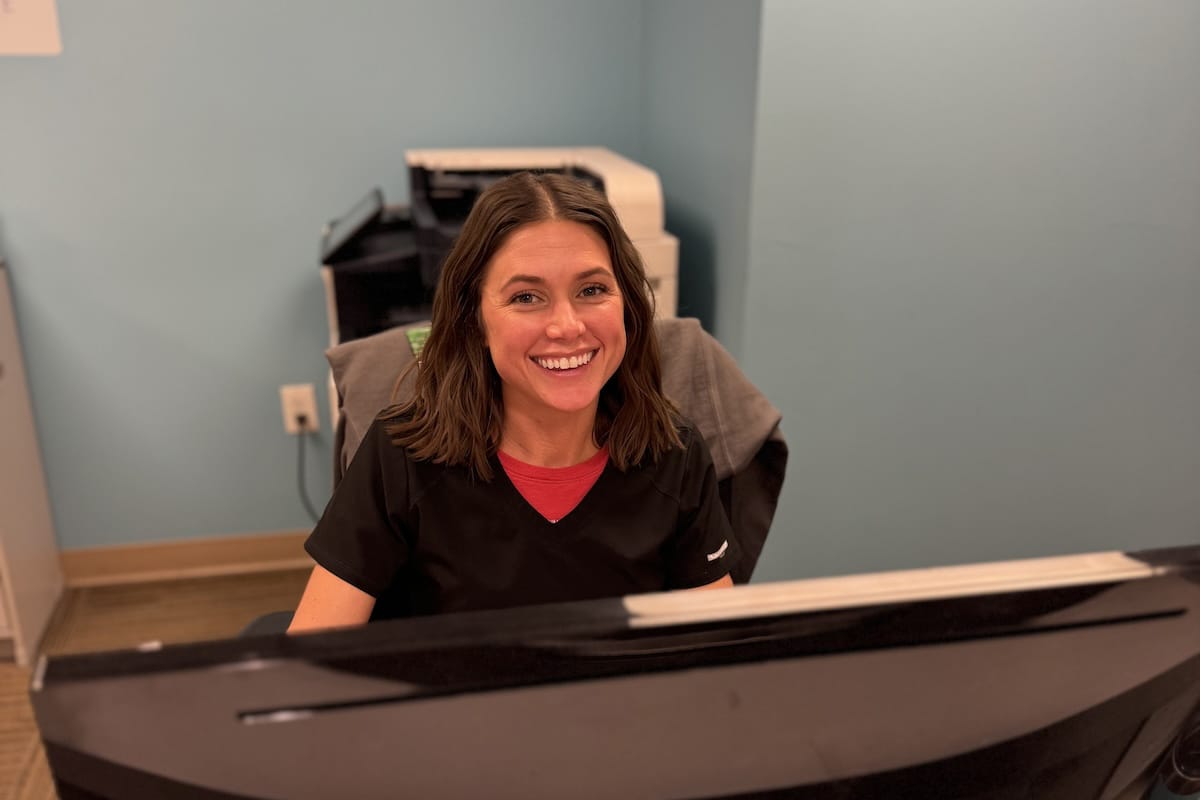 Our Staff
Our Staff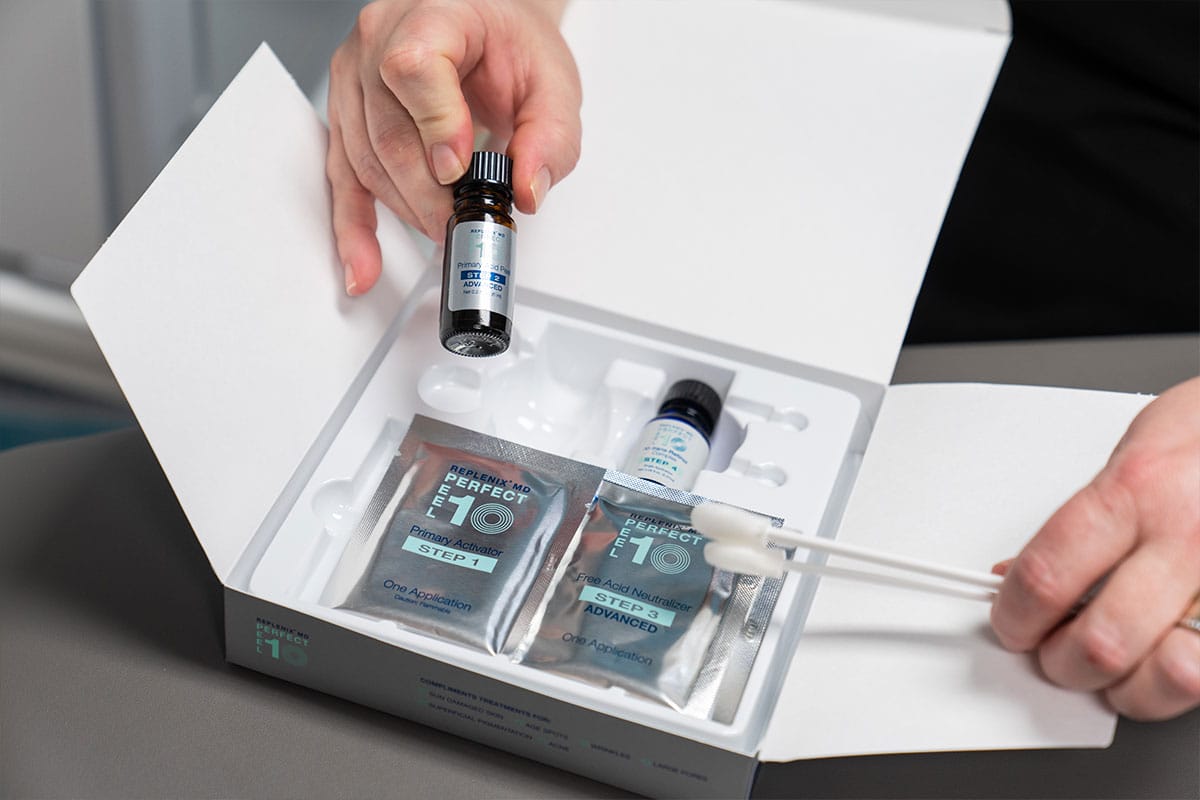 Specials
Specials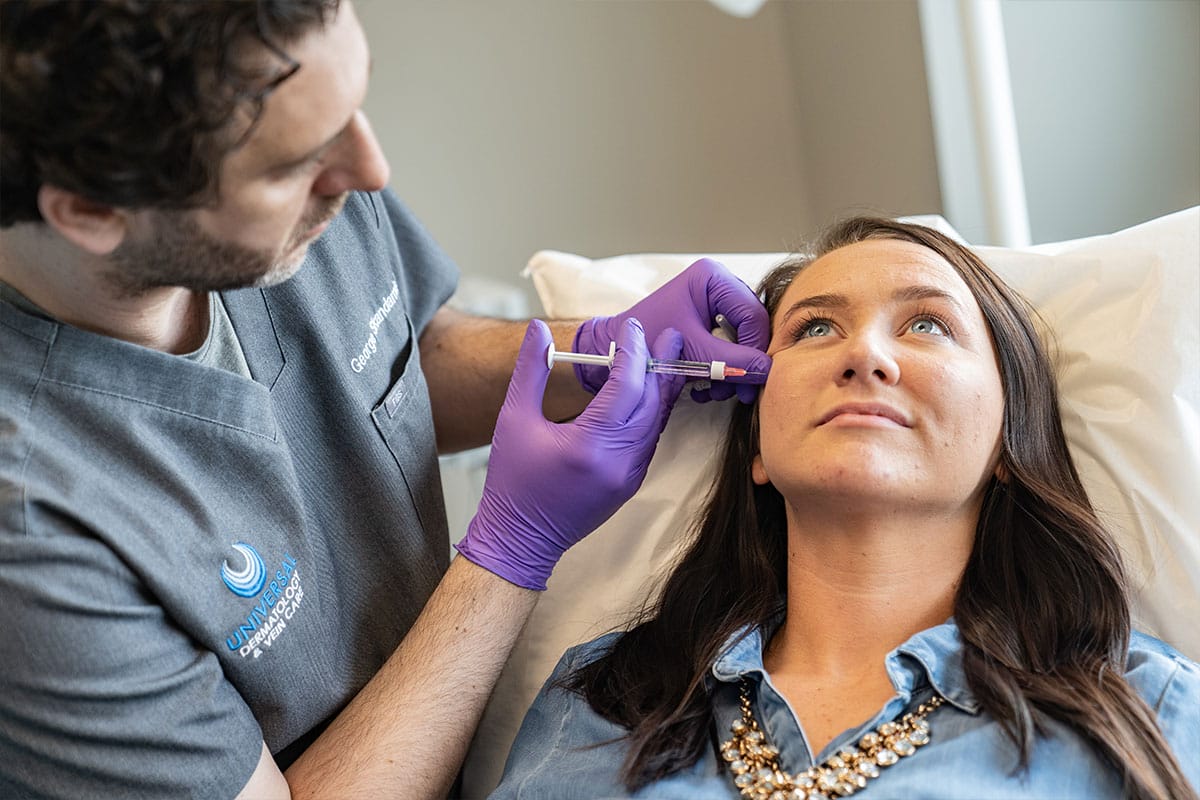 Financing
Financing Pay Bill Online
Pay Bill Online